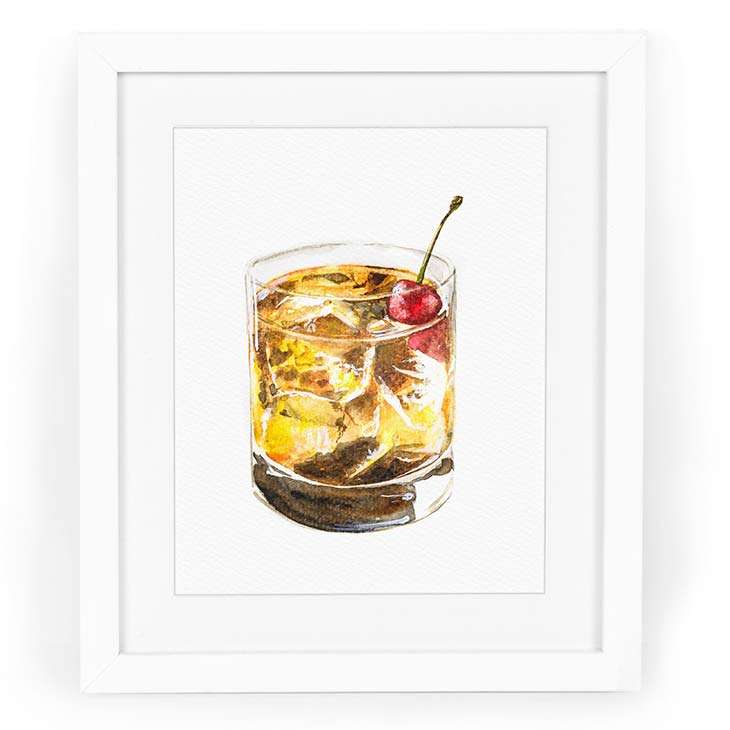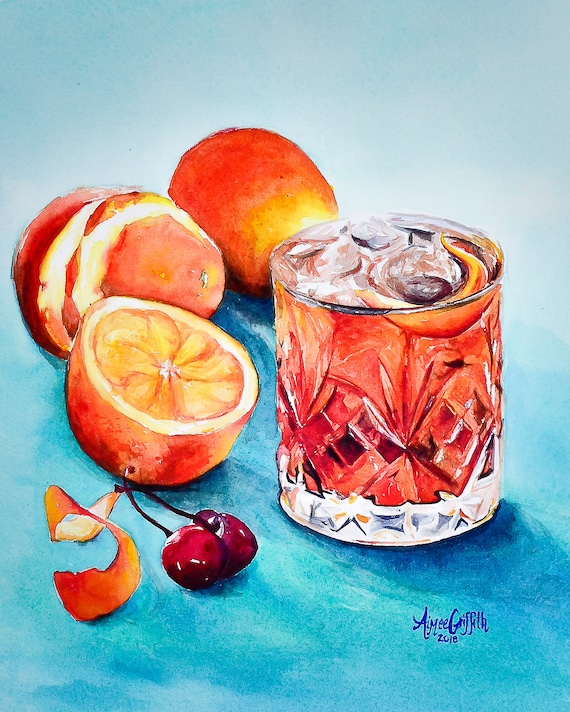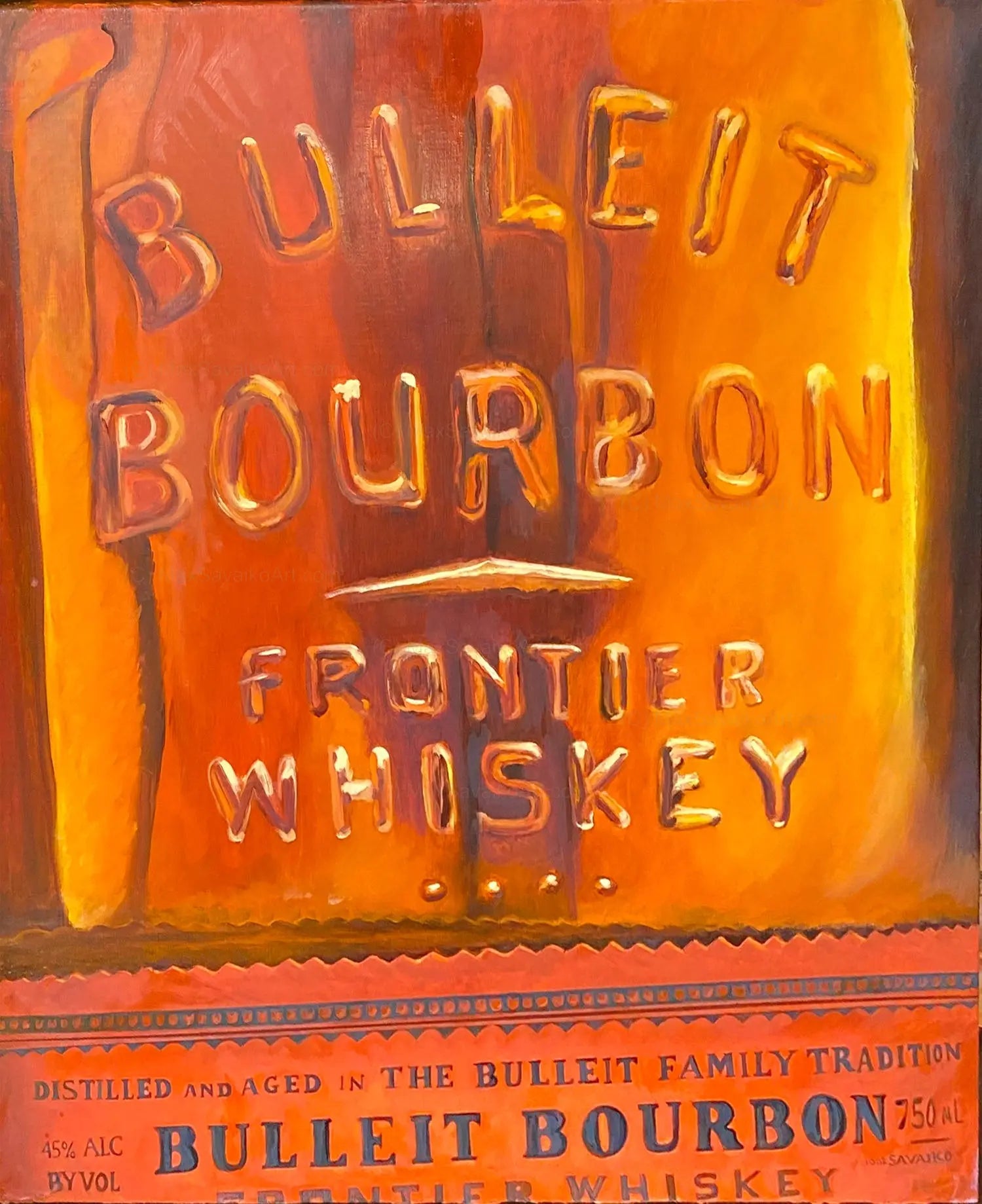Explore the World of Bourbon Art: A Trip Through Society and Workmanship
Explore the World of Bourbon Art: A Trip Through Society and Workmanship
Blog Article
The Significance of Whiskey Art in Celebrating Heritage and Craftsmanship in the Beverage Industry
The detailed partnership between scotch art and the party of heritage and workmanship within the drink industry can not be overstated. With thoughtfully developed tags and bottles, bourbon brand names envelop their historical roots and the artisanal skills that specify their manufacturing approaches. This creative measurement not just improves market allure however additionally serves as a channel for cultural storytelling, promoting a deeper link between the customer and the craft. As we explore the different facets of this subject, appealing inquiries concerning the impact of modern patterns on conventional practices occur, triggering further examination.
The Historic Roots of Whiskey
At the heart of whiskey's attraction lies a rich tapestry of historic roots that trace back to ancient human beings. The origins of whiskey can be connected to the purification methods of the Sumerians and Babylonians around 2000 BCE, where early forms of fermented grain beverages began to emerge. It was in the Middle Ages that the art of purification developed significantly, particularly in Ireland and Scotland, leading to the production of whiskey as we know it today.
The term "bourbon" itself derives from the Gaelic word "uisce beatha," meaning "water of life." This expression highlights the cultural relevance of scotch in Celtic societies, where it was frequently associated with routines, events, and common bonding. By the 15th century, distillation became an acknowledged craft within monastic areas, leading the way for the establishment of lawful distilleries.
As trade courses expanded, whiskey's popularity expanded, transcending local boundaries and recording the passion of connoisseurs worldwide. Whiskey Art. This historic journey mirrors not only the craftsmanship behind whiskey production but likewise its integral role in social and social contexts, marking it as a substantial drink throughout history
Artistic Expression in Branding
Scotch branding stands as a compelling crossway of virtuosity and business, where aesthetic identification plays a crucial function in shaping customer understanding. The visual appeals of whiskey labels, packaging, and advertising materials show not only the brand's tale yet additionally its core worths and heritage. With creative expression, distilleries share a narrative that resonates with customers, evoking emotions and triggering connections.
Using shade, typography, and images in branding serves to differentiate items in a saturated market. Standard concepts may stimulate a feeling of credibility and workmanship, while contemporary designs can symbolize development and forward-thinking. This strategic creative instructions boosts brand recognition and commitment, allowing customers to forge a personal relationship with the scotch they choose.
Moreover, imaginative expression in branding frequently acts as a party of local heritage. Distilleries often incorporate neighborhood signs or historic referrals right into their styles, developing a feeling of area that welcomes consumers to take part in a more comprehensive cultural experience. Ultimately, the virtuosity behind whiskey branding not only enhances aesthetic allure however also enriches the overall story of the brand name, cultivating a much deeper admiration for the workmanship and heritage embedded in each bottle.
Workmanship in Bottle Style
The artistry evident in whiskey branding extends past aesthetic identity to incorporate the craftsmanship associated with container style. Each bottle acts as a vessel not just for the spirit within, however likewise for the story it outlines its beginning, top quality, and tradition. The layout process requires meticulous interest to information, as components such as closure, form, and product add substantially to the overall assumption of the scotch.
Workmanship in container design includes picking top quality glass that can improve the scotch's shade and clarity, while additionally giving a responsive experience for the consumer. The shape of the container must be both functional and aesthetically why not check here enticing, frequently mirroring the heritage of the brand. Several distilleries choose distinct forms or printed logos that stimulate a feeling of authenticity and history.
Additionally, the tag style and typography play a vital role in connecting the brand's story. Whiskey Art. A well-crafted bottle not just astounds the customer's eye yet also strengthens the brand's dedication to top quality and tradition. In this means, the craftsmanship of container style comes to be a vital element of the whiskey experience, combining creativity with a profound respect for heritage
Social Relevance of Scotch Art
Commemorating custom and craftsmanship, the cultural significance of bourbon art goes beyond simple aesthetic appeals, linking with the social and historical narratives of the regions where it originates. Each bottle functions as a canvas, showing the special stories, folklore, and customs that have formed neighborhood whiskey-making practices. The intricate designs usually reflect the heritage of the distillers, incorporating icons and themes that resonate with the society and worths of their areas.

In addition, bourbon art plays a crucial function in common celebrations and parties, offering as a concrete link in go to this website between individuals and their shared experiences. By valuing the creativity in scotch packaging, customers grow a deeper understanding and regard for the craft, ultimately enriching their enjoyment of the drink itself.
Modern Trends in Whiskey Discussion
In the last few years, the presentation of whiskey has actually evolved to mirror contemporary preferences and fads while still recognizing typical workmanship - Whiskey Art. Distilleries are progressively focusing on visual components that boost the overall drinking experience, connecting the space between heritage and modernity
Cutting-edge bottle designs have emerged, typically including sustainable products and artistic labels that tell engaging stories. Numerous brands currently work together with regional musicians, infusing their items with unique visual expressions that resonate with consumers. Furthermore, limited-edition releases are commonly packaged in collectible containers, adding value and appeal for aficionados.

Conclusion
In verdict, bourbon art serves as a vital avenue for expressing the heritage and craftsmanship intrinsic in the drink industry. With elaborate branding, innovative bottle designs, and culturally substantial creative elements, bourbon brands properly honor their traditions and attach with consumers.


Workmanship in container layout involves choosing top notch glass that can enhance the whiskey's shade and clarity, while additionally supplying a tactile experience for the consumer. In this means, the workmanship of bottle design becomes a crucial facet of the whiskey experience, Full Article combining virtuosity with a profound regard for heritage.
In verdict, scotch art offers as an essential channel for revealing the heritage and workmanship fundamental in the drink sector.
Report this page